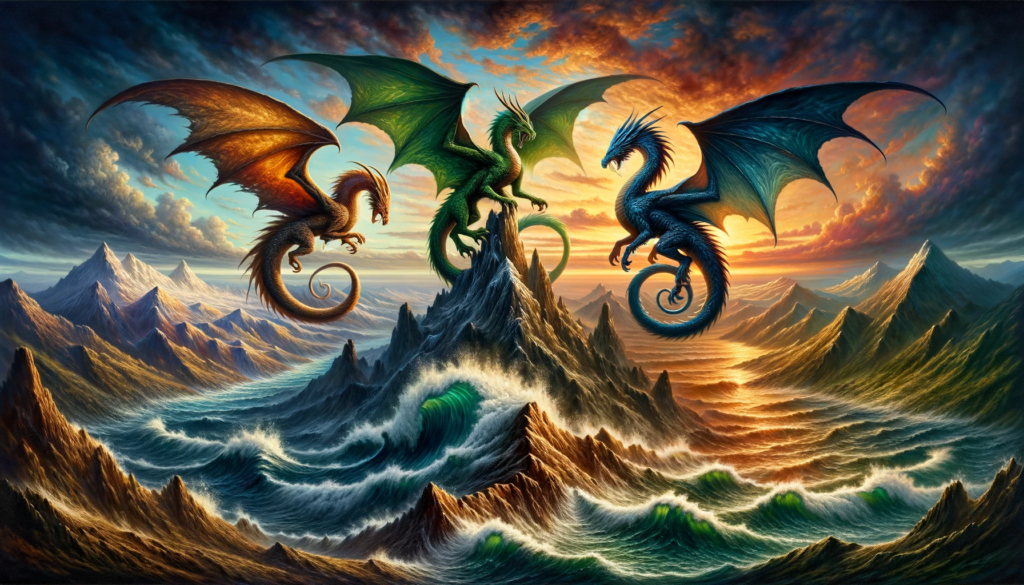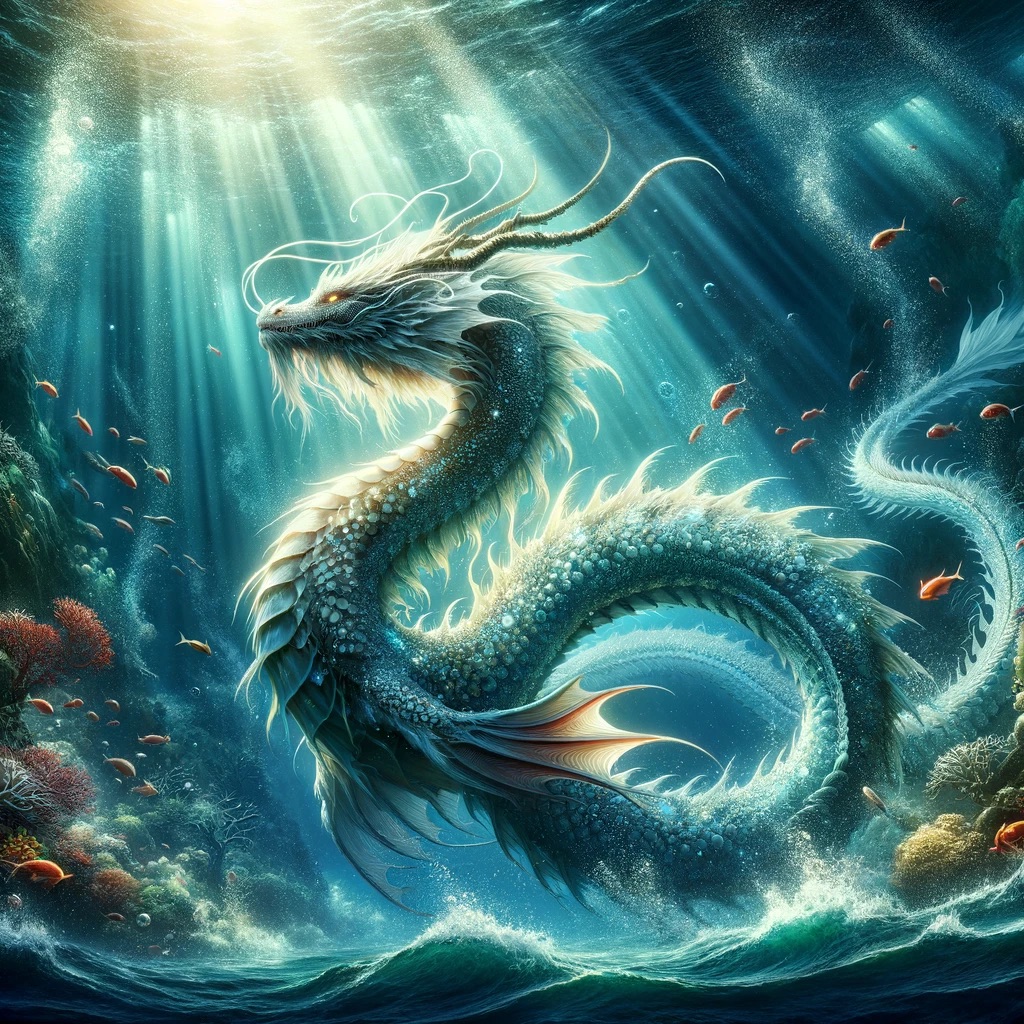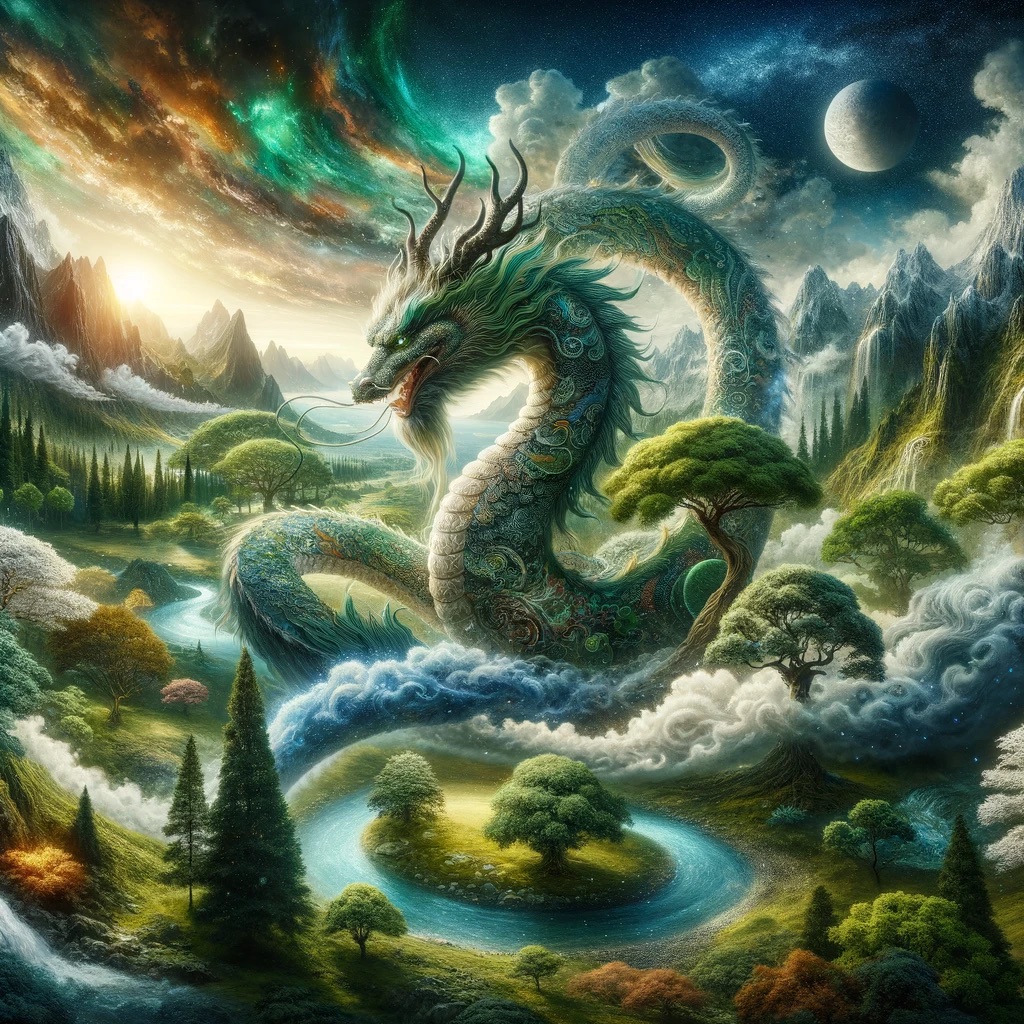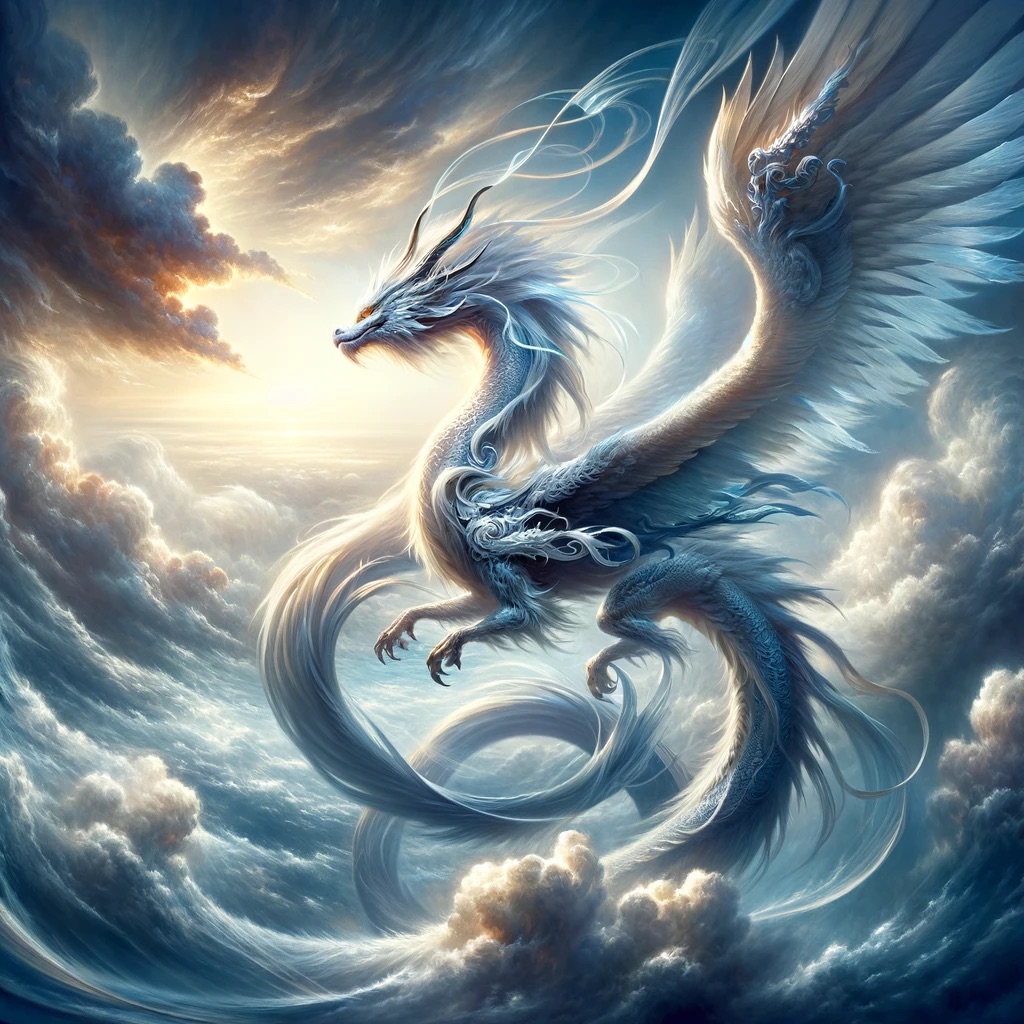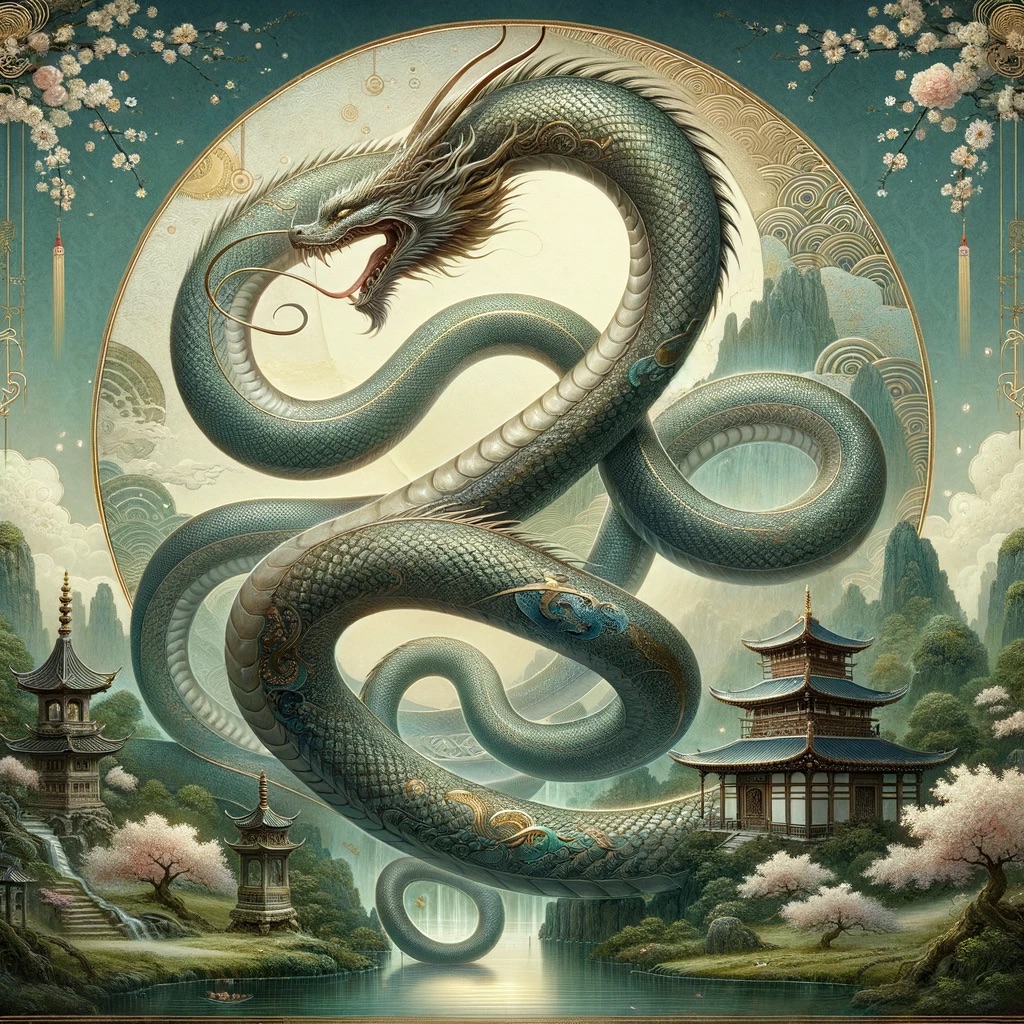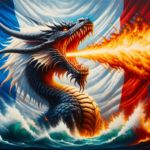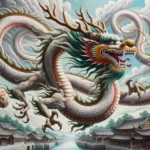Dragons have long been a symbol of power, mystery, and wonder in human folklore and mythology. While the image of a fire-breathing dragon has been etched into our collective imagination, there are many fascinating dragon varieties that don’t rely on fiery breath to captivate our imaginations. In this article, we’ll delve into the world of dragons that don’t breathe fire, exploring their unique characteristics and the rich tapestry of myths and legends that surround them.
1. The Water Dragon: Guardians of the Deep
Imagine a dragon gracefully gliding through the depths of the ocean, its scales shimmering like pearls in the dappled sunlight filtering down from above. Water dragons, also known as sea serpents, are often depicted as protectors of the sea and all its creatures. In various cultures, they are believed to guide sailors through treacherous waters or guard hidden underwater treasures.
2. Earthbound Dragons: Guardians of the Land
Earth dragons, sometimes called land dragons, are deeply rooted in the earth. These majestic creatures are associated with the land’s fertility, growth, and protection. In Chinese culture, the Lung dragon is a symbol of power and is believed to bring rain to nourish the land. These dragons represent the harmony between humans and nature.
3. Skyward Soarers: Wind Dragons
Wind dragons, or sky dragons, are celestial beings that rule the skies. These dragons often have the ability to control the weather and the wind. In Japanese folklore, Tengu, bird-like creatures resembling wind dragons, are said to possess this power. Wind dragons symbolise freedom and the untamed forces of nature.
4. The Noble Ice Dragon: Masters of the Frozen North
Ice dragons are creatures of the frigid north, thriving in the harshest of environments. Unlike their fiery counterparts, they command the power of frost and ice. In Norse mythology, the dragon Níðhöggr gnaws at the roots of the world tree, Yggdrasil, while in George R.R. Martin’s “A Song of Ice and Fire” series, ice dragons are rumoured to exist beyond the Wall.
5. Serpent Guardians: Wisdom of the Ancient East
In Eastern cultures, serpentine dragons are revered for their wisdom and benevolence. These dragons often appear in the form of long, coiling serpents rather than the traditional Western dragon shape. They are seen as protectors of knowledge and spirituality, symbolising the balance between opposing forces.
6. Shadow Dragons: Masters of Illusion
Not all dragons need to be physical entities. Shadow dragons, born from the depths of darkness and illusion, possess a mystical allure. They are known for their shape-shifting abilities and their penchant for leading adventurers astray. These dragons embody the enigmatic and mysterious aspects of our imagination.
In conclusion, dragons are not confined to a single archetype of fire-breathing beasts terrorising villages. The world of dragon mythology is rich and diverse, with countless variations that offer unique insights into the cultures that created them. Whether soaring through the sky, guarding the earth, or lurking in the depths of the sea, dragons that don’t breathe fire continue to capture our imagination and remind us of the boundless creativity of human storytelling.
For more dragon content please subscribe to the Everything Dragon YouTube Channel or follow us on Instagram

